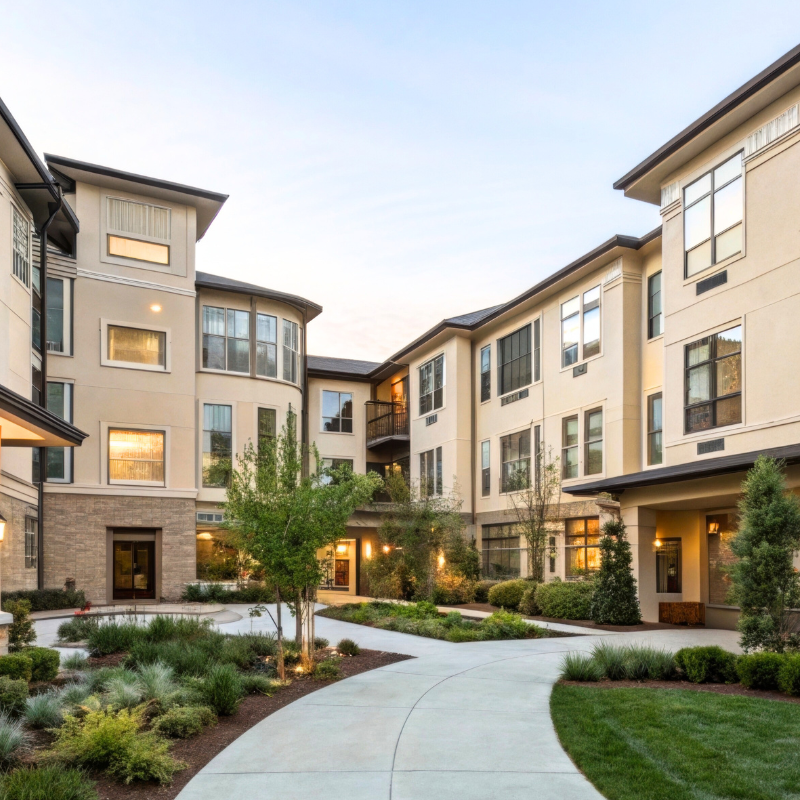With Congressional reconciliation completed, here are six key provisions in the tax law that owners and developers of real estate should be aware of.
100% Expensing for Certain Business Assets
Pre-reform law
For 2017, 50% expensing (bonus depreciation) is allowed on qualified property (only new property qualifies). For 2018 and 2019, expensing would be phased out and then disappear thereafter.
New law
100% expensing (bonus depreciation) is allowed on qualified property (both new and used) purchased and placed in service after September 27, 2017, and before January 1, 2023. The expensing is then phased down to 80%, 60%, 40% and 20% in the years 2023 – 2026 and is gone thereafter.
Section 179 Expensing
Pre-reform law
Most taxpayers are eligible to deduct, in lieu of depreciation, the cost (subject to dollar limits) of most tangible personal property, and certain other property, used in the active conduct of a trade or business. The maximum amount that can be expensed is $510,000 for property placed in service in tax years beginning in calendar year 2017, and is reduced dollar for dollar by the amount of Section 179 property placed in service during the tax year in excess of the investment ceiling ($2,030,000 for 2017), also subject to taxable income limitations of the company.
New law
Beginning in 2018, the maximum amount that can be expensed is increased to $1,000,000 and the phase-out increased to $2,500,000. In addition, the definition of Section 179 property is expanded to include certain depreciable tangible personal property (property used to furnish lodging).Also, the definition of qualified real property is expanded to include all qualified improvement property and certain improvements (roofs, heating, ventilation, air-conditioning property, fire protection systems, alarm systems and security systems) made to nonresidential real property.
20% Deduction of Qualified Income From Flow-Through Entities
Pre-reform law
No special deduction is in place related to income from a pass-through entity.
New law
Beginning in 2018, taxpayers who have domestic qualified business income (QBI) from a partnership, S corporation or sole proprietorship are entitled to a deduction of the lesser of such QBI or 20% of taxable income. This new rule has various complexities based on income level of the entity, wages paid and property owned so please ask your Withum tax advisor for further details.
For further detail on this new rule click here.
Limitation on Business Interest Expense Deduction
Pre-reform law
Business interest is generally deductible with no limitations.
New law
For tax years beginning after December 31, 2017, the deduction for business interest expense is limited to 30% of adjusted taxable income and disallowed interest is carried forward indefinitely. Businesses with average annual gross receipts of $25 million or less are exempt. Real property trades or businesses can elect out of this rule. However, if they elect out, the consequence is that the business must depreciate its assets under the alternative depreciation system (ADS) which has longer depreciable lives. Further, under ADS, the 100% expensing previously discussed is unavailable.
For further detail on this new rule click here.
Qualified Property Reduced From Four Categories Down to One
Pre-reform law
Qualified leasehold, qualified restaurant, and qualified retail improvement property each have unique rules and all have 15-year lives. An additional category of property called qualified improvement property* (QIP) is any improvement to the interior of a building that is nonresidential real property if the improvement is placed in service after the date the building is first placed in service. QIP has a life of 39 years.
* Qualified improvement property does not include any expenses attributable to the enlargement of the building, an elevator or escalator or the internal structural framework of the building.
New law
Beginning in 2018, the individual definitions of qualified leasehold improvement property, qualified restaurant property and qualified retail improvement property are eliminated.Qualified improvement property is maintained and Congress intended to shorten the life of this property from 39 years to 15 years, and thus, QIP is eligible for bonus depreciation. Due to an apparent oversight by the drafters of the legislation, the provision generally describing the property to which a 15 year recovery period applies was not amended to include QIP. QIP placed in service on or after January 1, 2018, is recovered over 39 years and is not bonus eligible until such point as a technical correction to the new law is enacted.
Rehabilitation Credit
The Rehabilitation Credit is a federal tax incentive to encourage real estate developers to renovate, restore and reconstruct old and historic buildings.
Pre-reform law
A credit is available for qualified rehabilitation expenditures incurred to rehabilitate and modernize qualified buildings. The credit is 20% of the amount spent on rehabilitation of certified historic structures and 10% for commercial buildings constructed before 1936. The credit is allowed for the tax year that the qualified rehabilitated building is placed in service.
New Law
The 20% credit is maintained but is now claimed ratably over a five year period beginning in the tax year the structure is placed in service. The 10% credit is now repealed.
The changes in the tax law related to real estate are numerous and some aspects require analysis to determine the most tax-advantageous elections. Please reach out to your Withum real estate professional to make the most of the tax reform or contact us by filling out the form below.
How Can We Help?



